Introduction
Children with autism bring a rich diversity to any academic environment, yet they often face distinct challenges that must be addressed to ensure they can participate fully and equitably alongside their peers. As we strive to create inclusive educational spaces, it's crucial to recognize the unique sensory sensitivities, communication styles, learning preferences, and behavioral support needs of these students. Schools that acknowledge and accommodate these differences empower autistic children to excel not just academically, but also in their social development.
Statistical data underscores the urgency of this mission, with Autistica estimating that around 1 in 70 people in the UK is autistic. Yet, only about 30% of working-age autistic individuals are employed, compared to 80% of non-disabled people. This gap reflects broader societal challenges that begin in school and can persist into adulthood.
By ensuring that educational systems are responsive to the needs of autistic children, we not only support their current well-being but also pave the way for their future success and inclusion in society.
Understanding the Educational Needs of Autistic Children
Children with autism bring a rich diversity to any academic environment, yet they often face distinct challenges that must be addressed to ensure they can participate fully and equitably alongside their peers. As we strive to create inclusive educational spaces, it's crucial to recognize the unique sensory sensitivities, communication styles, learning preferences, and behavioral support needs of these students. Schools that acknowledge and accommodate these differences empower autistic children to excel not just academically, but also in their social development.
For instance, consider the story shared by Emirates and Dubai International Airport, where they worked with local schools and autism groups to enhance the travel experience for neurodivergent individuals like Humza, an 11-year-old boy passionate about flying. By allowing him and other children to rehearse the airport and in-flight experience, they were able to address specific sensory and communication needs, leading to successful and enjoyable travel experiences. Similarly, in the educational realm, it's imperative that schools and caregivers collaborate to ensure that every child, regardless of their neurodiversity, has access to supportive and well-adapted learning environments.
In line with the insights of Dr. David (Dan) R. Offord, the goal is to "make the race fair" for children who might otherwise lag behind. This includes identifying and leveraging their strengths, alleviating persistent stressors, and providing parents with the necessary resources to foster their children's growth. It's about acknowledging the whole child—recognizing their potential, addressing their requirements, and celebrating their contributions to the community.
Statistical data underscores the urgency of this mission, with Autistica estimating that around 1 in 70 people in the UK is autistic. Yet, only about 30% of working-age autistic individuals are employed, compared to 80% of non-disabled people. This gap reflects broader societal challenges that begin in school and can persist into adulthood. By ensuring that educational systems are responsive to the needs of autistic children, we not only support their current well-being but also pave the way for their future success and inclusion in society.
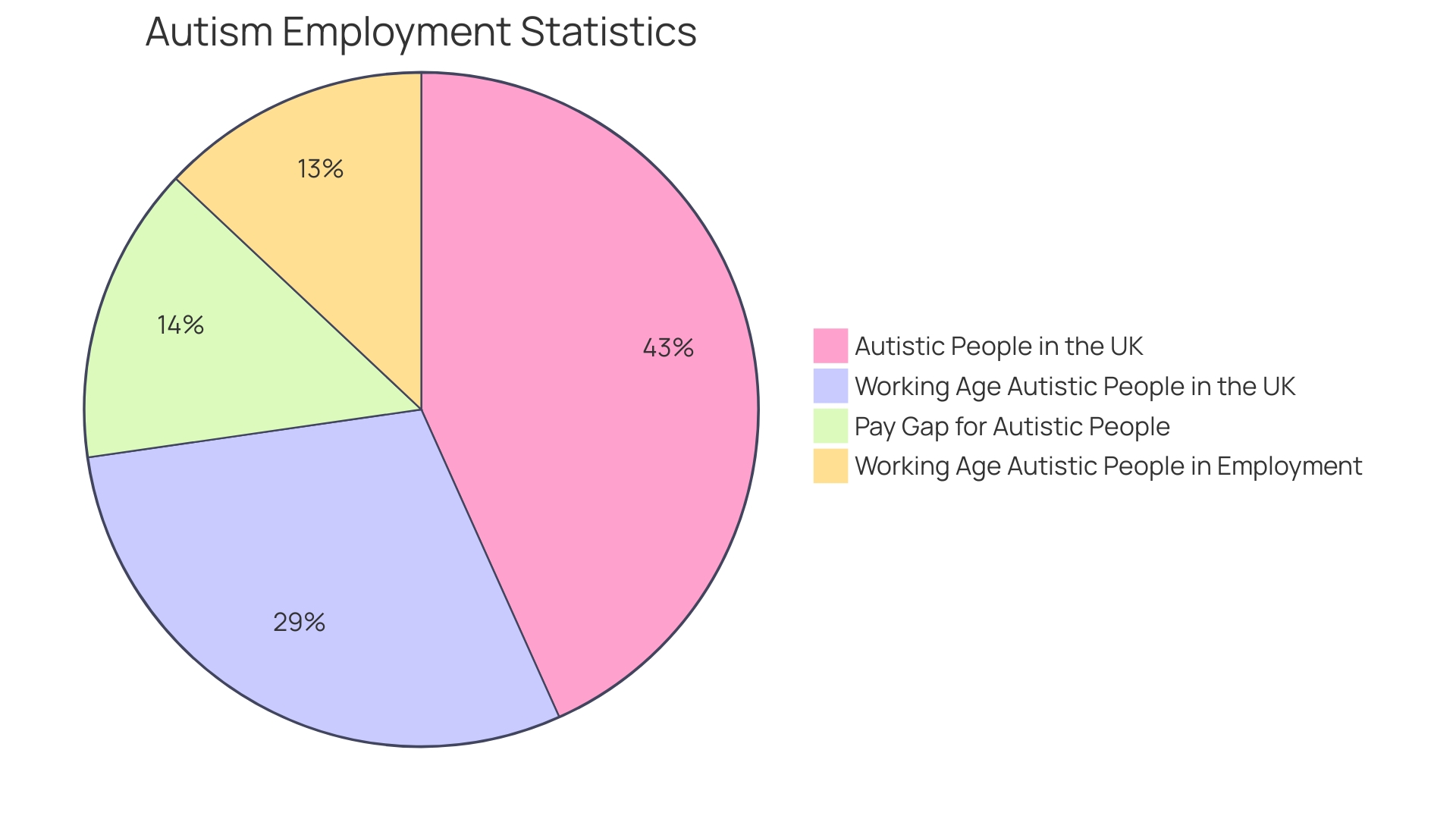
Types of Schools for Autistic Children
Parents and caregivers of children with autism are faced with the critical decision of choosing the best educational path that caters to their child's unique needs. The educational landscape for these children is diverse, offering specialized autism schools that focus on tailored support, mainstream schools that provide inclusive programs, and the flexibility of homeschooling. It's essential to recognize that each child with autism brings their own strengths to the table, and finding the right educational setting can significantly reduce stress and enhance mental health, as emphasized by the late Dr. David Offord, a renowned child psychiatrist. The approach to selecting an educational setting should be informed by the latest evidence-based research, which now favors randomized-controlled trials over quasi-experimental studies to ensure interventions meet the children's needs effectively. Additionally, the growing advocacy for the rights of autistic individuals, including the work of organizations like the European Council of Autistic People (EUCAP), underscores the importance of community-based support that respects the independence and dignity of these children. While diagnostic tools rely heavily on parent and professional observations, as per the DSM-5 guidelines, a comprehensive evaluation of the child's abilities and challenges is paramount to inform the educational choices. With approximately 100 college programs tailored for autistic students, according to the College Autism Network, the opportunities for educational advancement are expanding. This expansion reflects a society's commitment to making the race fair, as Dr. Offord put it, and ensuring that autistic children do not fall behind.
Researching Potential Schools
Delving into the educational landscape for children with autism requires a multifaceted approach, much like the career development pathways for neurodivergent individuals in the workplace as highlighted by Associate Professor Hala Annabi. It's not just about finding a starting point but also ensuring continuous growth and support. Similarly, in selecting the right school for your autistic child, consider not only the current needs but also how a school can support their future development.
When assessing potential schools, look closely at their curriculum and teaching practices to ensure they align with your child's learning style and needs. It's essential to understand the qualifications of staff members and their experience with supporting autistic students. This can offer a glimpse into how your child's educational journey will unfold and how their unique talents, especially if they are 'twice exceptional', can be nurtured.
Utilizing resources like the webinar series organized by Laura McKenna at McKenna Connections, parents can gain access to a wealth of knowledge about top educational programs tailored for autistic students. This direct engagement with experts can alleviate the knowledge gap that many high school guidance counselors may have regarding the options available for your child.
It's also imperative to stay abreast of new findings and approaches that can influence your child's educational experience. According to recent statistics, about 1 in 100 students in American public schools is diagnosed with autism. This statistic underlines the importance of informed decision-making based on research and data, rather than solely relying on internet sources, which can sometimes lead to misinformation.
By understanding the broader perspectives of parents, teachers, and experts, you can make an informed choice that positions your child for success both academically and personally. In the words of Dennis Kimbro, 'Life is 10% what happens to us and 90% how we react to it.' This mindset is invaluable as you navigate the educational system, finding an environment that not only accepts but celebrates your child's autism and sets them on a path of continuous achievement.
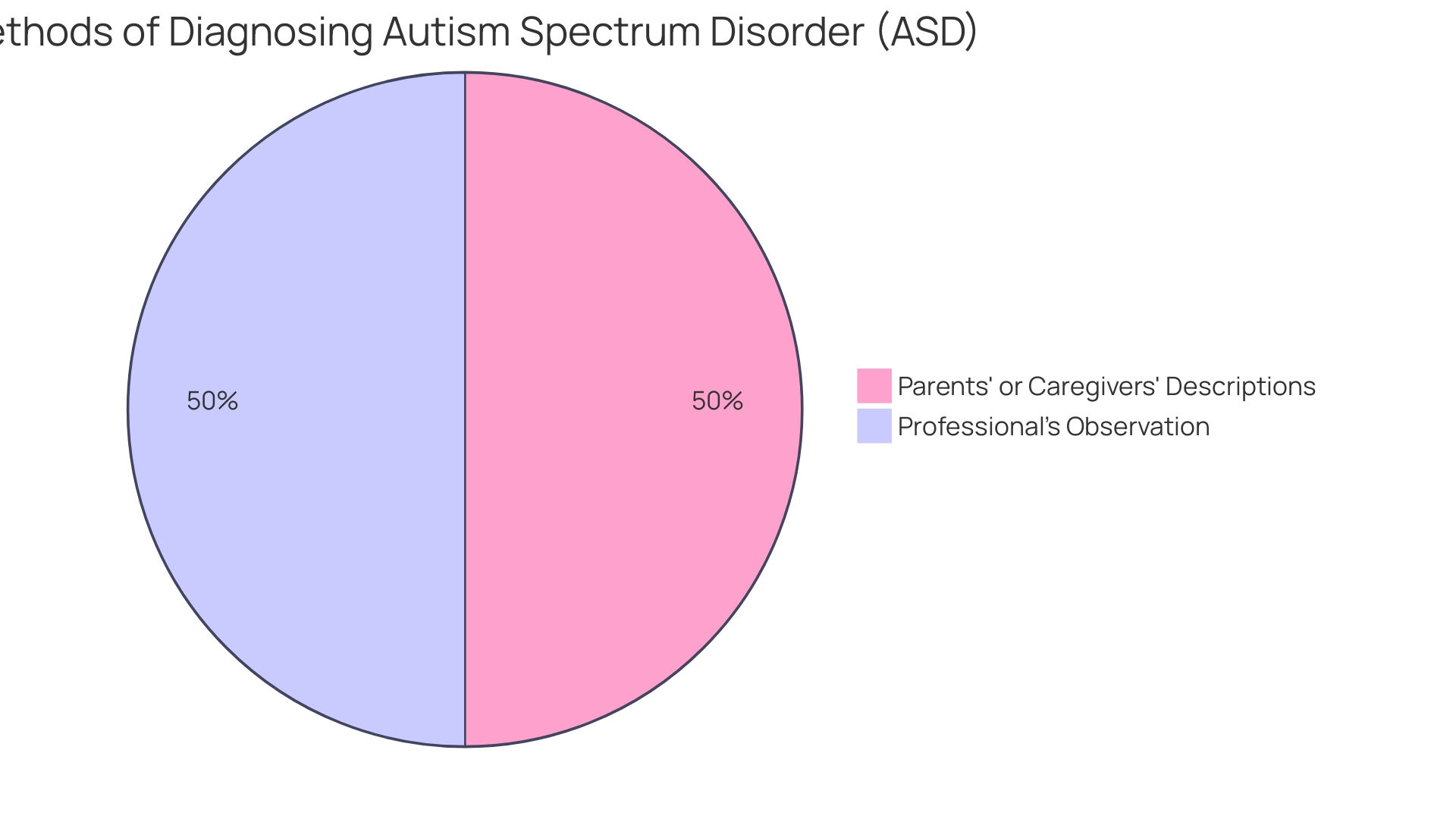
Arranging School Visits
Exploring schools in person is a crucial step for parents of autistic children to ensure the environment is supportive and tailored to their child's unique needs. Observing the physical layout of the school is important—look for sensory accommodations such as quiet spaces and visual supports that can help reduce overstimulation. The classroom structure should be examined to see how it promotes interaction and learning for autistic students. It's not just about the facilities, but also the vibe of the place; a welcoming, understanding atmosphere is key.
Interacting with the educational staff is just as critical. When meeting with teachers and staff, it's essential to understand their approach to supporting autistic students. Are they patient, flexible, and well-versed in inclusive teaching methods? Engage in conversations to assess their dedication and expertise in creating a nurturing learning environment. Furthermore, getting insights from current students can provide valuable perspectives on the school's inclusivity and the effectiveness of its support systems.
Recent educational research underscores the importance of a fair and supportive educational race for all children, including those with disabilities (Offord, 1934–2004). Schools should be equipped to foster the mental health of students by acknowledging their needs and the unique contributions they bring to their communities. This includes reducing stress and providing resources for caregivers to support their children's overall well-being. A neurodivergent-friendly school recognizes the diverse strengths and challenges that come with autism, creating an environment where children can thrive both academically and socially.
Key Factors to Consider When Choosing a School
Selecting the right educational environment for a child with autism is a crucial decision that can profoundly impact their learning and development. It's vital to look beyond the basics and consider the school's commitment to fostering a fair and supportive atmosphere, as Dr. David (Dan) R. Offord highlighted the importance of equity in education for children with disabilities. Key elements to evaluate include the class size and student-to-teacher ratio, which can affect personalized attention and support. Moreover, the availability of specialized services and therapies is essential for addressing the unique needs of autistic children.
Equally important is the school's level of individualized support, which should cater to both academic and social-emotional development. This includes not only formal education but also access to activities and programs that promote engagement and social integration, as these experiences are fundamental to a child's mental health and well-being. Additionally, the school's philosophy and approach towards autism education should align with the latest findings and therapeutic practices, as staying current with treatments and educational strategies is key for caregivers and educators alike.
Informed by the concerns expressed by parents and students, such as meeting academic needs, addressing social-emotional and mental health issues, and ensuring physical health and safety in classrooms, it is imperative to choose a school that is responsive to these priorities. Furthermore, the school should be adaptable, considering the various educational pathways available, from public to private schools, as well as homeschooling options, to ensure that the selected environment is the best fit for the child's unique requirements and potential.

Training of Teachers and Staff
Understanding the qualifications and ongoing professional development of educators is pivotal when it comes to supporting children with autism. It's important to delve into the school's commitment to staff training, particularly in autism-specific methodologies and interventions. Statistics indicate that only around 30% of working-age autistic individuals are employed, compared to 80% of non-disabled individuals. This disparity underscores the need for specialized training that can bridge the gap, enabling educators to foster an inclusive and supportive environment that prepares students for future success. Moreover, embracing a neurodiversity framework, which views learning differences as a spectrum of human diversity rather than deficits, has been shown to benefit all learners. By ensuring educators are well-versed in this approach, we not only support the individual needs of autistic students but also enrich the learning experience for the entire classroom.
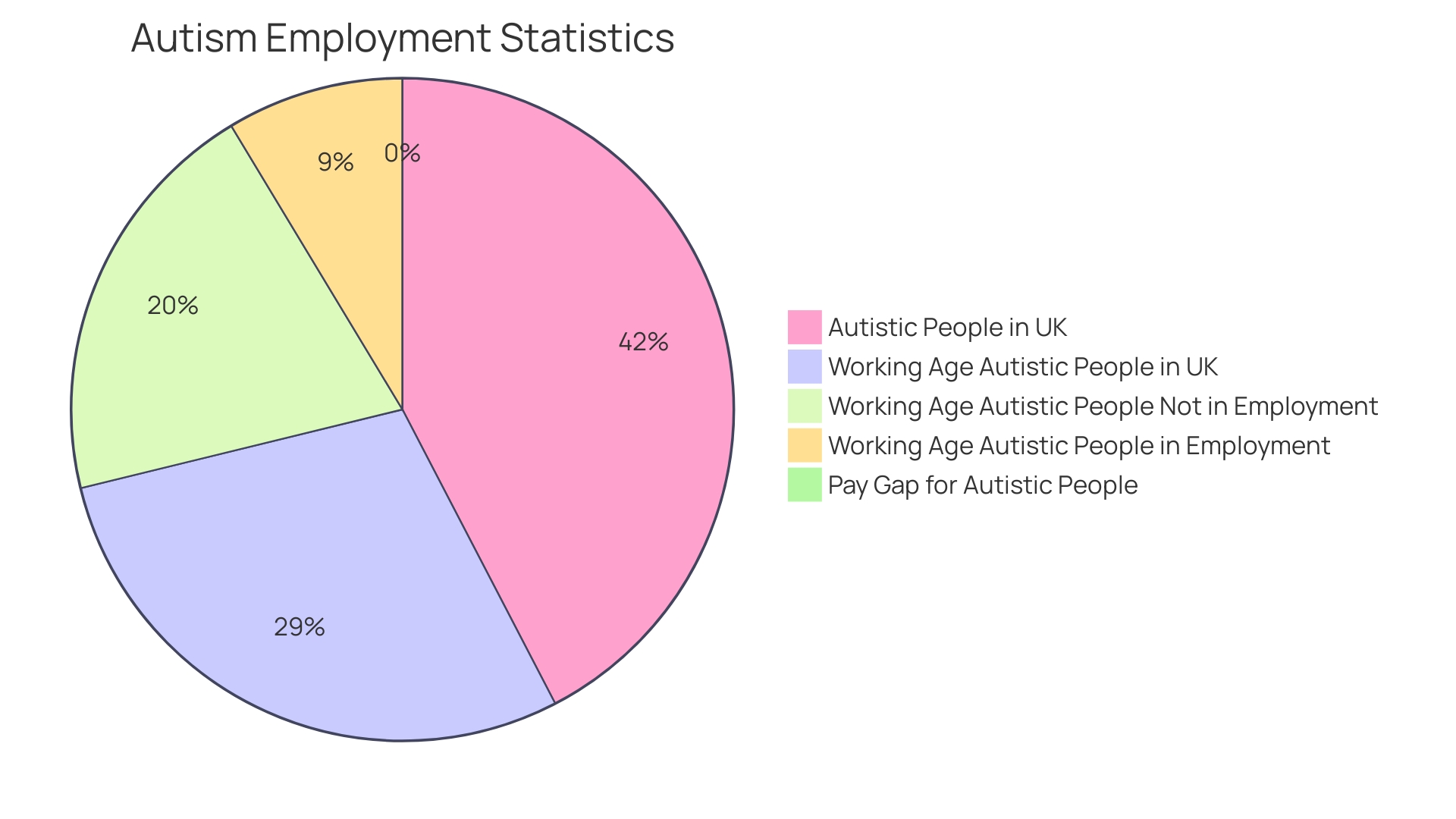
Availability and Admission Processes
Navigating the school admission landscape can be likened to embarking on a strategic mission, particularly when seeking the right fit for a child with autism. Thorough research and early planning are pivotal in ensuring a seat in a school that not only meets educational needs but also nurtures the individual’s unique talents. Each school comes with its set of criteria and deadlines, so it's crucial to understand these details in advance. For instance, consider the Central San Diego Case Studies Program, which offers a mock admissions committee experience, led by actual admissions counselors, for parents and students to grasp the intricacies of the application process. Such proactive engagement can empower parents to advocate effectively for their child’s admission.
Moreover, the DPCDSB's Entry Planning and Transition Information Session specifically caters to students with differing abilities, streamlining the application process by providing forms and guidance tailored to their needs. In a broader sense, the Individuals with Disabilities Education Act (IDEA) and other initiatives reinforce the importance of inclusive education and provide resources to support children with disabilities in their schooling journey.
Statistics reveal a nuanced picture of the admission processes, emphasizing the importance of understanding the multistage system and the socio demographic factors that can influence outcomes. For instance, while ethnic minorities might apply in large numbers, they face disparities in offer rates compared to their white counterparts. This highlights the need for parents to be well-informed and proactive when navigating these waters.
Learning from experts who assess educational research can also be insightful. Quotes from professionals suggest examining the evidence and understanding the scientific process behind education policies, which can be particularly useful when considering schools and programs for children with autism.
Remember, the journey to finding the right school is not just about securing a place; it's about ensuring the selected environment will support your child's growth and development. By being well-prepared, informed, and engaged in the process, parents can make informed decisions that pave the way for a positive educational experience for their children.

Activities and Therapies Offered
When exploring educational environments for children with autism, it's crucial to delve into the array of non pharmacological interventions available that can foster their development. These interventions are diverse and can include speech therapy, occupational therapy, and social skills training. They are designed to support the child's needs without the use of medication and, when effectively implemented, can significantly enhance their well-being and learning experiences.
It is important to acknowledge, however, that research often highlights design flaws in studies evaluating these interventions. This suggests a need for careful consideration when determining their efficacy and potential impact. Despite these challenges, the commitment to evidence-based approaches has driven significant improvements in the quality and reporting of intervention research, reflecting a deep respect for the autistic community.
Personal stories, like that of James who found a voice through the Picture Exchange Communication System (PECS) and later through art, illustrate the profound difference that tailored support can make. His journey underscores the importance of accessible communication methods and individualized educational support. Moreover, studies point to the broad benefits of incorporating physical activity into the routine for cognitive and academic enhancement, which could be equally beneficial for children with autism.
In the light of these insights, it's advisable for parents and educators to seek out educational settings that not only offer these specialized services but also align with the latest research and ethical considerations. Such environments are more likely to provide the necessary framework for children with autism to thrive academically and personally.
Support and Pastoral Care
Creating a supportive and inclusive educational environment is critical for children on the autism spectrum. It's essential to delve into the school's strategies for emotional support, behavior management, and personalized attention. We must evaluate if these approaches cater to the unique challenges faced by autistic students, ensuring a nurturing atmosphere that promotes their development. Recent research highlights the struggles faced by children with complex needs, including those with autism, who often wait extended periods for appropriate placements. Local authorities and care providers are working hard to identify best practices, and it's clear that early identification and the right support can make a significant difference in the lives of these children.
Addressing the needs of autistic students is not just about resources but also about understanding and acceptance. As noted by experts, the alarming underachievement of autistic students in schools is exacerbated by funding shortages, resulting in fewer teaching assistants who are pivotal in supporting these students. Moreover, the lack of trauma-informed approaches in schools can hinder the progress of children who have experienced early life stressors.
To combat these challenges, there's a push for schools to adopt practices that are sensitive to the experiences of autistic children. This includes creating a community within the school that recognizes their unique contributions and supports their mental health and well-being. With the right environment, children with autism can thrive and achieve equitable participation in their education and community life. Recent statistics suggest that while there's a desire to work among the autistic population, employment rates remain low, further emphasizing the need for supportive systems that extend beyond the school years. An evidence-based approach to autism support is vital for fostering positive long-term outcomes for these children.
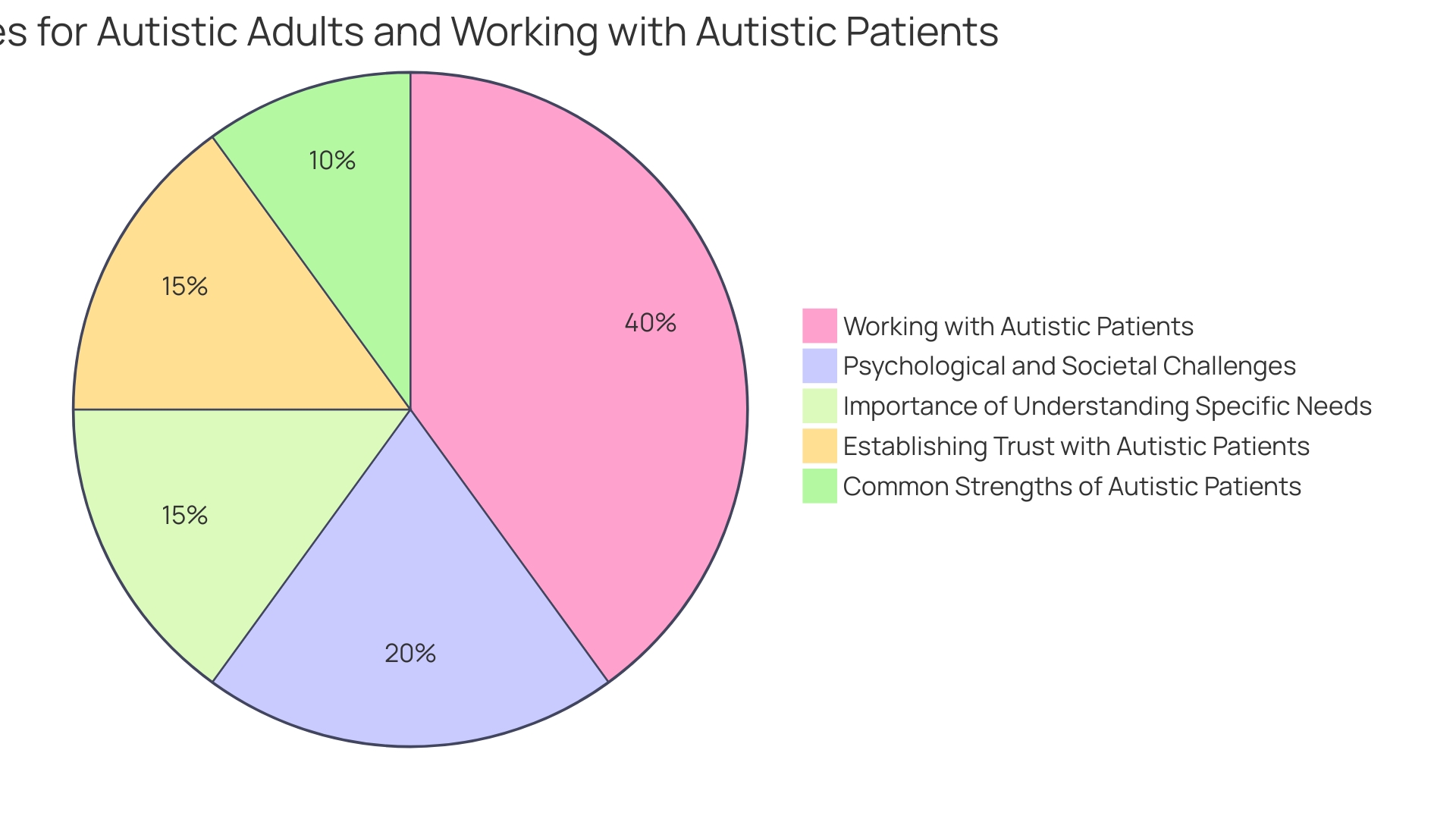
Peer Group and Social Integration
The concept of neurodiversity acknowledges and celebrates the diverse range of ways in which people think, learn, and communicate. It was initially introduced by sociologist Judy Singer in the late 1990s, highlighting that neurological variations are a natural and valuable part of human diversity. This perspective is particularly vital in educational settings where the inclusion of neurodiverse students, such as those with autism, ADHD, or dyslexia, can foster a more enriching learning environment for all.
Schools that embrace neurodiversity often implement specialized initiatives to encourage understanding, acceptance, and friendships among neurodiverse students. For instance, some schools have neurodiversity champions who lead events like Neurodiversity Week with themes such as "Let's Keep Talking." These champions advocate for continuous dialogue and awareness, ensuring that topics like neurodiversity are not confined to a single week but are woven into the school's culture.
Accessible communication methods, such as British Sign Language (BSL) and Makaton, are taught to help facilitate inclusion. Such initiatives allow students to learn and engage in ways that suit their individual needs, creating a more inclusive community. By introducing innovative practices like "Makaton Monday," students can acquire new ways to interact with their peers, reducing barriers and fostering social integration.
Research has shown that when neurodiverse individuals are included in the planning and execution of educational programs, the outcomes are more reflective of their needs and preferences. A study involving feedback from 111 individuals, mostly neurodivergent, found that over 90% supported the content of a proposed teaching program focused on neurodiversity.
In the broader context, the movement towards neuroinclusive education is gaining momentum. Universities are incorporating neurodiversity into their Diversity and Inclusion Plans, aiming to dismantle systemic barriers and create a supportive environment for neurodivergent staff and students. This shift from a medical to a strengths-based approach is critical in ending stigma and prejudice against those who learn and think differently.
Ultimately, the success of integrating neurodiverse students in educational settings hinges on the commitment to understanding each child's unique strengths and challenges. By adapting teaching methods and creating opportunities for all students to thrive, educators can ensure that the educational journey is not only accessible but also empowering for every learner.
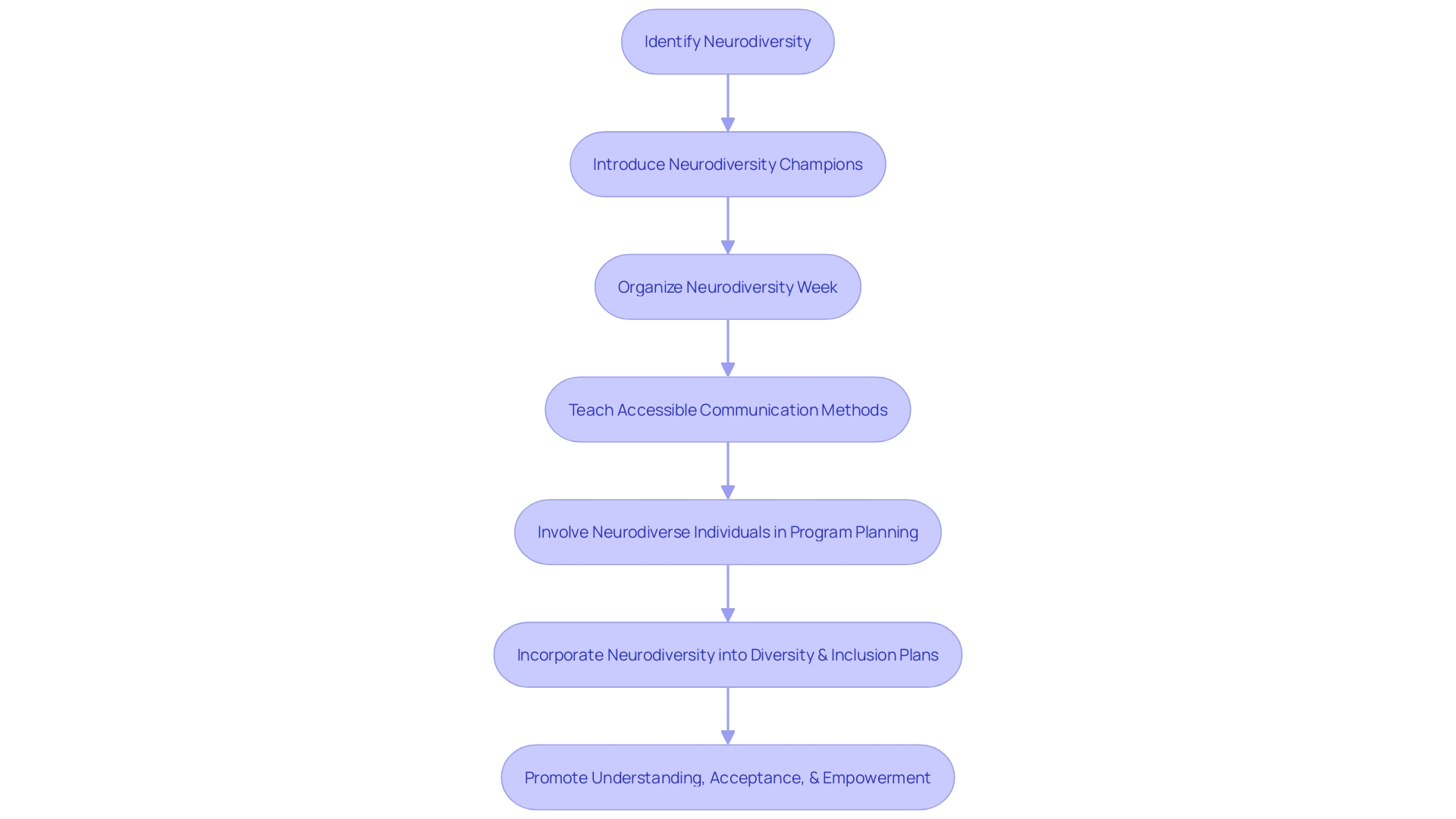
Pathways and Educational Goals
Selecting the right educational environment for a child with autism is a critical decision that can significantly impact their future. It's not just about the present academic year but the long-term trajectory of their development and success. When considering a school, look beyond the standard curriculum to understand how the institution engages with each student's unique potential. Investigate the school's commitment to fostering skills that are essential in today's world, such as creativity, collaboration, problem-solving, and critical thinking. These are not just buzzwords; they are the pillars upon which the Evelyn Scott School has built its approach, ensuring that each child's education is tailored to their personal interests and strengths.
Moreover, examine how the school prepares students for life after graduation. It's telling that even airlines like Emirates are recognizing the importance of preparation and familiarization for future experiences, as seen with their initiatives to ease the travel experience for neurodivergent individuals. Similarly, schools must provide a framework that guides students towards a future that aligns with their aspirations, whether that's higher education, vocational training, or other paths.
Education Elements' work with Fresno's school sites to design personalized instructional approaches is another example of a forward-thinking educational model. These approaches are not only responsive to current needs but adaptable for future challenges, ensuring that students are not just taught but prepared for the evolving world.
Reflect on the school's educational goals and how they harmonize with your child's aspirations. In a world where over half of students say the pandemic has altered their post-graduation plans, yet only a third feel informed by their schools about their options, it's vital to choose an institution that not only educates but also enlightens students about the myriad paths they can take. The future is bright for those well-prepared, and the right school can illuminate the way.
Communicating with the School and Staff
Building a solid foundation for partnership with educational institutions entails open, effective communication channels, especially for parents of children with autism who have unique educational needs. To foster this relationship, it's essential to understand the school's methods for keeping parents in the loop. For instance, parent-teacher meetings and progress reports are cornerstones of this dialogue, allowing for a two-way exchange of information and concerns.
Consistent communication not only keeps parents informed but also empowers them to support their children's educational journey. For example, Summer Health has revolutionized the way medical information is shared post-consultation, providing parents with clear, accessible visit notes. This approach can be mirrored in the educational setting, where detailed observations of a child's progress and necessary follow-ups are communicated effectively, reducing administrative burdens and enhancing collaboration.
Moreover, familiarizing parents with various communication tools from the get-go, as suggested during back-to-school events, is vital. Clear expectations about the frequency and methods of communication, such as newsletters or written announcements, should be established early on, as noted by the National Center for Systemic Improvement. This aligns with the idea of mutual competence, where the knowledge and experiences of parents are valued alongside professional expertise.
Statistics also highlight the importance of parental engagement in education. A report considering 38,000 UK parents' views underscored the correlation between parental satisfaction and school communication efforts. Schools that excel in engaging parents often foster trust and respect, reinforcing the message that 'parents matter.' This sentiment is echoed by concerns reported by public school administrators, who note that parents' worries extend beyond academics, demonstrating the need for schools to support the overall well-being of students.
In summary, establishing and maintaining effective communication between parents and schools is a dynamic, ongoing process that requires commitment from both parties. By setting clear expectations, valuing mutual competence, and ensuring regular updates, schools can create a supportive environment that acknowledges the pivotal role of parents in their children's education.
Trust Your Instinct and Involve Your Child
The journey of choosing the right educational path for a child with autism is multifaceted and deeply personal. As parents navigate this terrain, they weigh various factors, including their child's unique abilities, needs, and personal interests. In New Orleans' educational landscape, families are empowered with a vast array of choices thanks to a transformative charter school system. Here, a common application process allows parents to express their preferences, selecting from a diverse pool of institutions that cater to different strengths and learning styles.
Furthermore, interactive programs like the Central San Diego Case Studies Program provide parents and students with a dynamic opportunity to engage with the admissions process, offering insights into the selection criteria and common pitfalls of applications. This hands-on experience is invaluable for understanding the subtleties of school admissions and for preparing to introduce oneself to potential schools at events like college fairs.
In this context, involving your child in the decision-making process is not just about selecting a school—it's about fostering their sense of agency and belonging. It's about demonstrating that their voice matters in decisions that shape their future. While experts advise moderation in offering choices to avoid overwhelming children, the educational decisions made during these formative years are indeed significant. Therefore, it's essential to strike a balance between guiding your child and honoring their preferences, ensuring they are active participants in their educational journey.
As a result, when parents and children come together to make these pivotal decisions, it's a powerful act that combines parental instinct with a child's growing self-awareness. It's a collaborative effort that respects the child's individuality while drawing upon valuable resources and insights, such as those provided by advocacy groups and personalized school guides. This approach aligns with the wider educational objective: to cultivate a learning environment where children with autism can thrive, drawing on their strengths and navigating challenges with confidence and support.

Conclusion
In conclusion, creating inclusive educational spaces for children with autism is crucial for their academic and social development. By recognizing their unique needs and strengths, we can empower them to excel and ensure their future success and inclusion in society.
When choosing a school for a child with autism, research potential schools, evaluate their curriculum, teaching practices, and staff qualifications. Consider factors like class size, individualized support, and specialized services. It's important to stay informed about new findings in autism education and visit schools to assess their environment and interactions with staff.
Navigating the school admission process requires thorough research and planning. Seek expert advice, understand the criteria and deadlines, and consider the multistage system and sociodemographic factors that can influence outcomes. By being well-prepared and engaged, you can make informed decisions that support your child's growth and development.
Nonpharmacological interventions like speech therapy and occupational therapy can greatly enhance the well-being and learning experiences of autistic children. Look for educational settings that align with the latest research and ethical considerations.
Creating a supportive and inclusive educational environment involves emotional support, behavior management, and effective communication channels. Schools should address the unique challenges faced by autistic students and involve parents in the process.
Embracing neurodiversity and involving neurodiverse students in program planning enhance inclusion. Select schools that foster essential skills and prepare students for life after graduation. Effective communication between parents and schools is crucial for a supportive environment.
Trust your instinct and involve your child in the decision-making process. Consider their unique abilities, needs, and interests. Engage with the admissions process and utilize available resources.
By combining parental instinct with your child's self-awareness, you can ensure a positive educational experience for children with autism.




